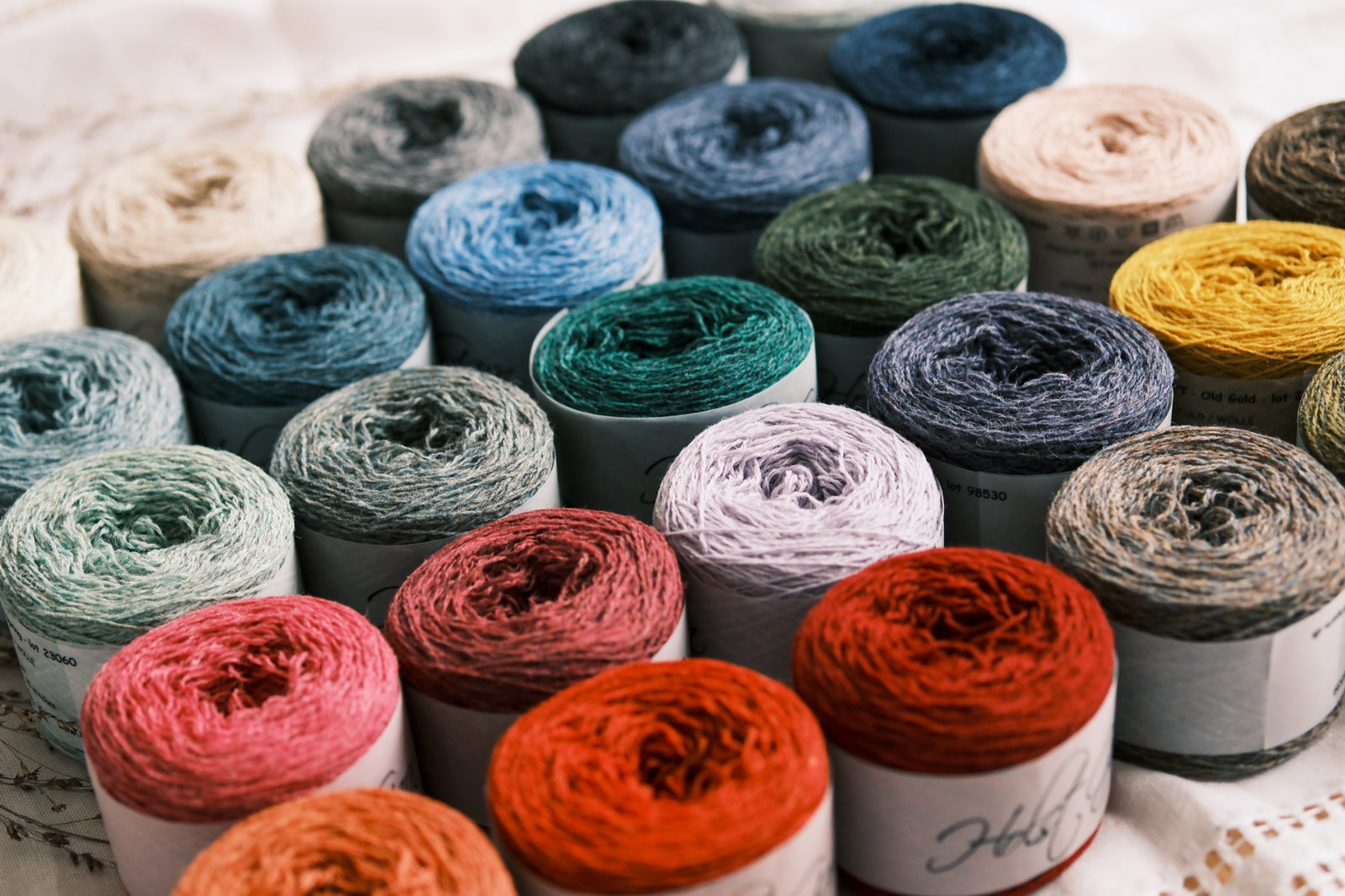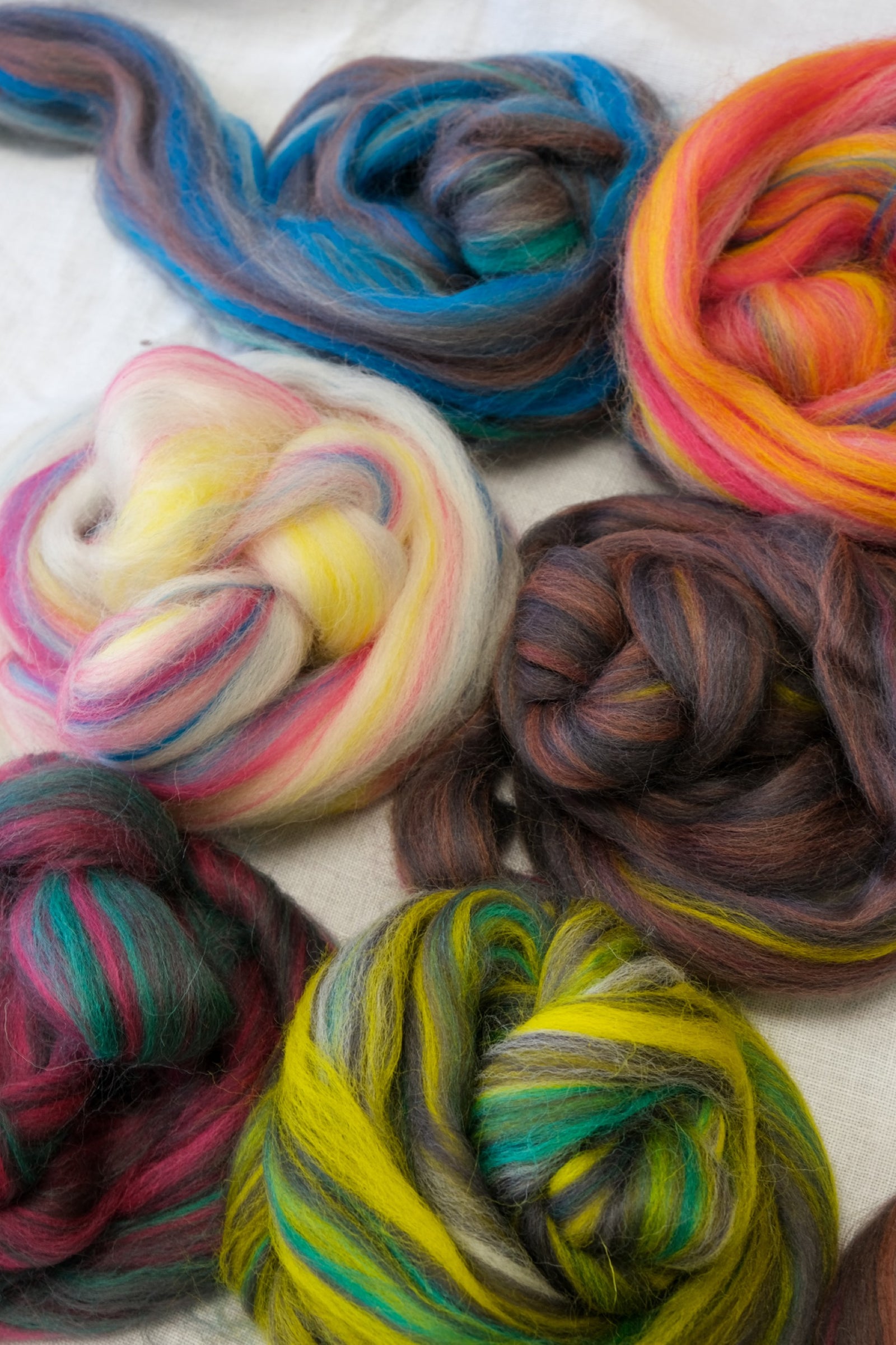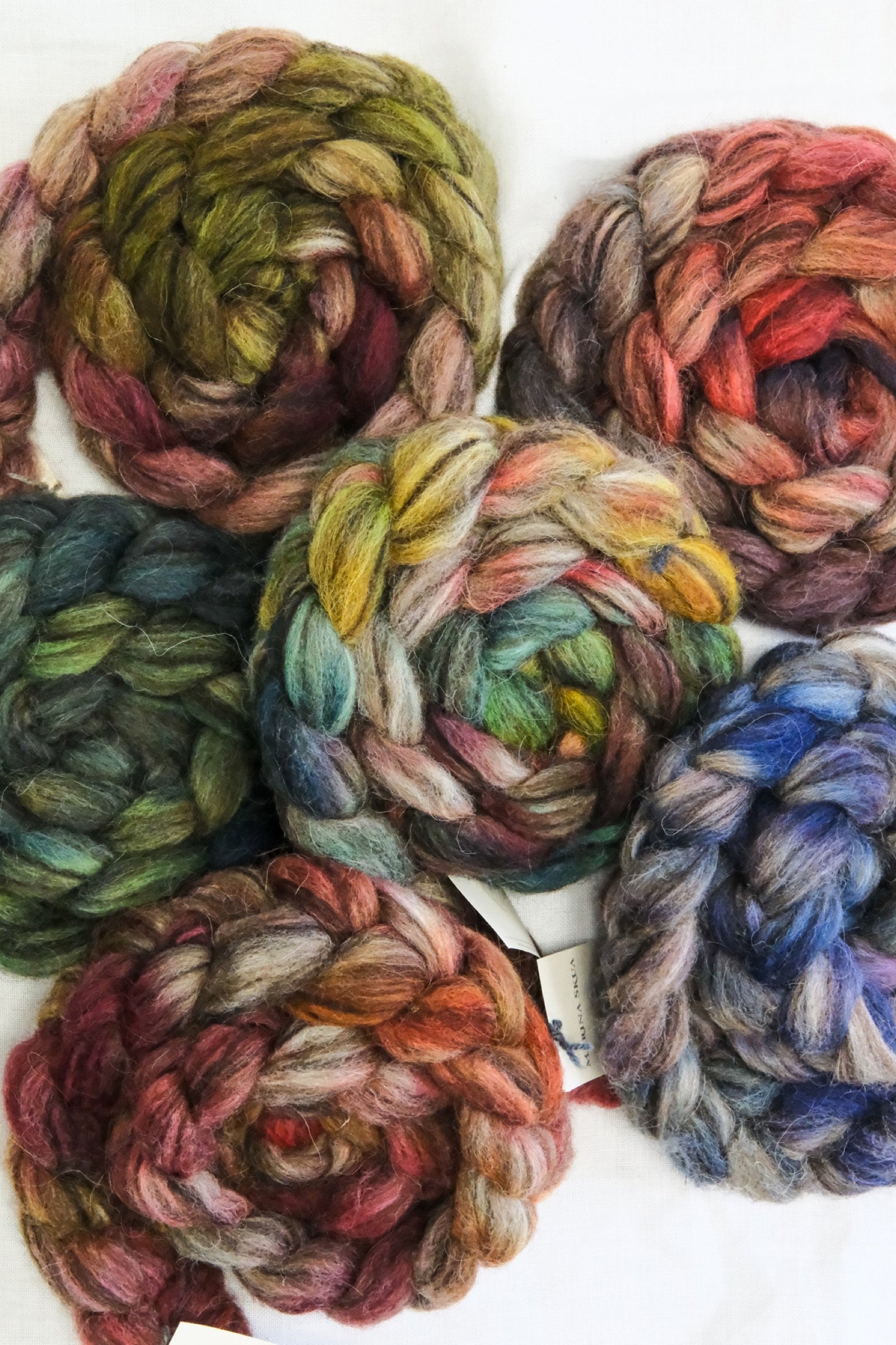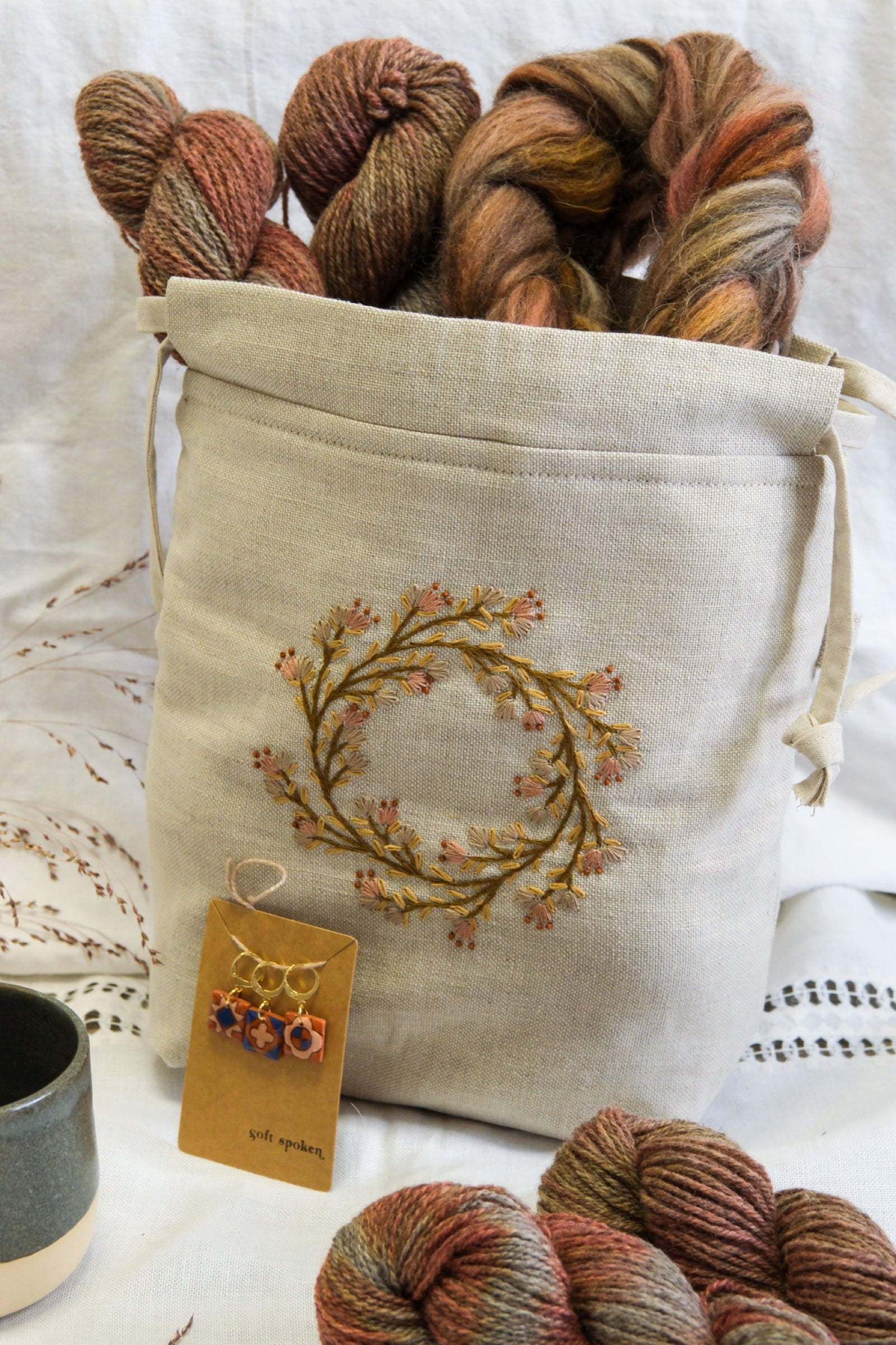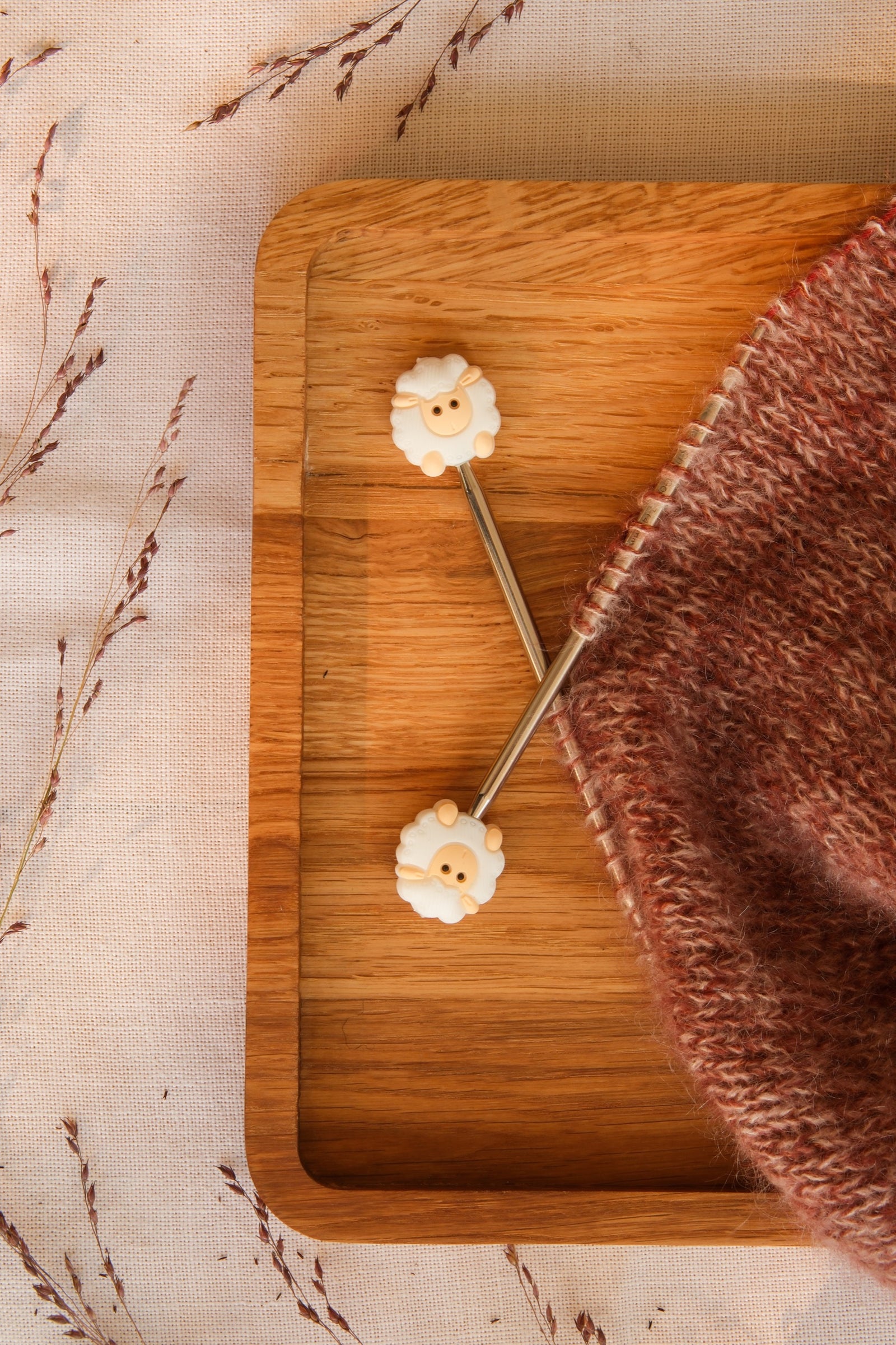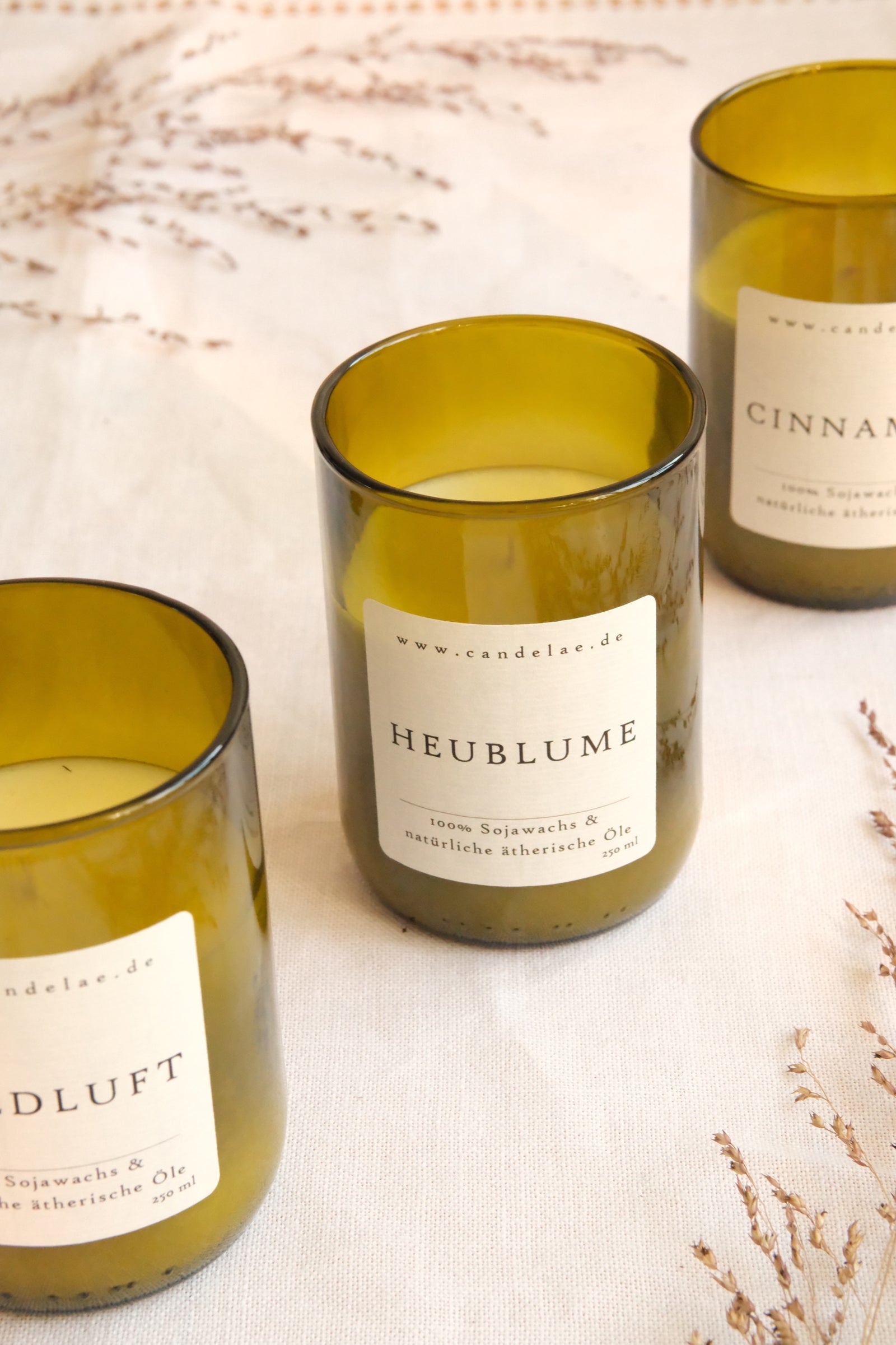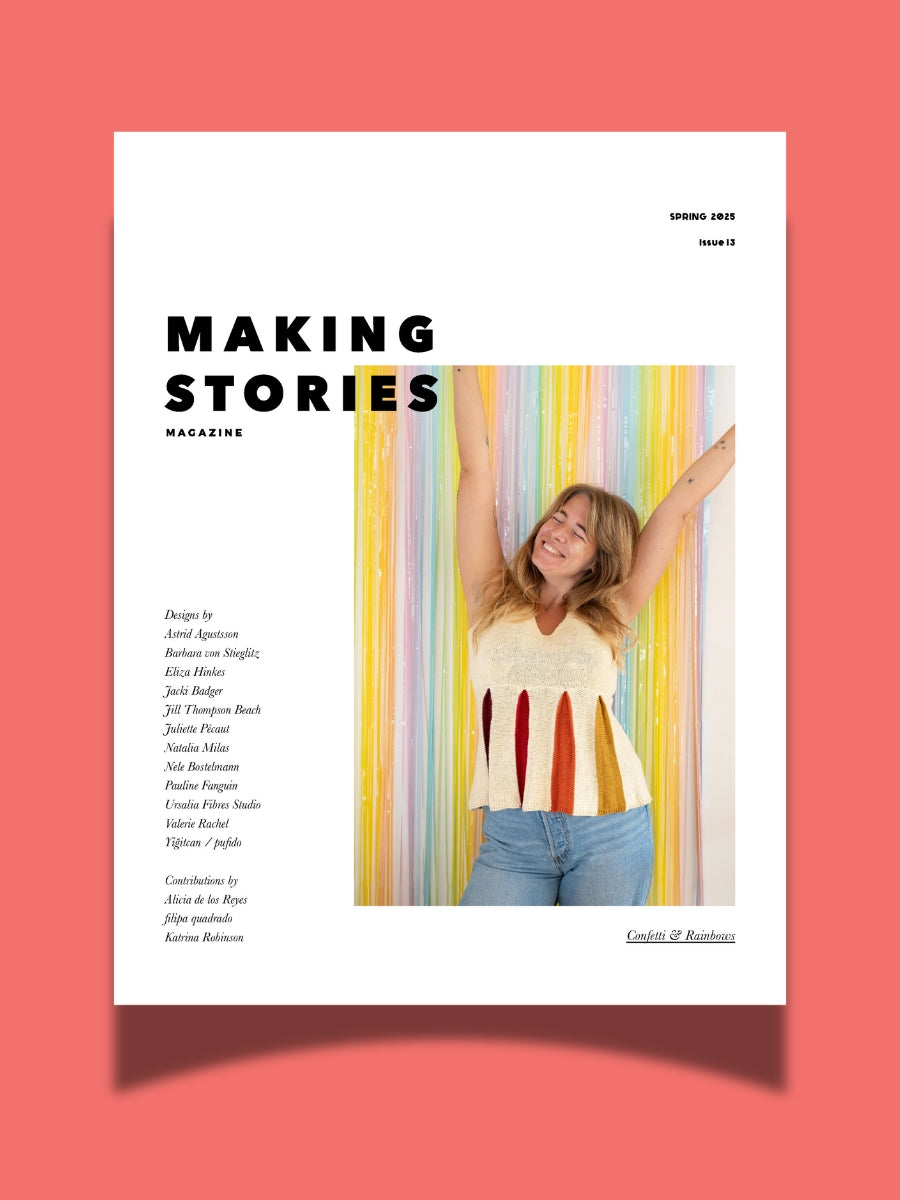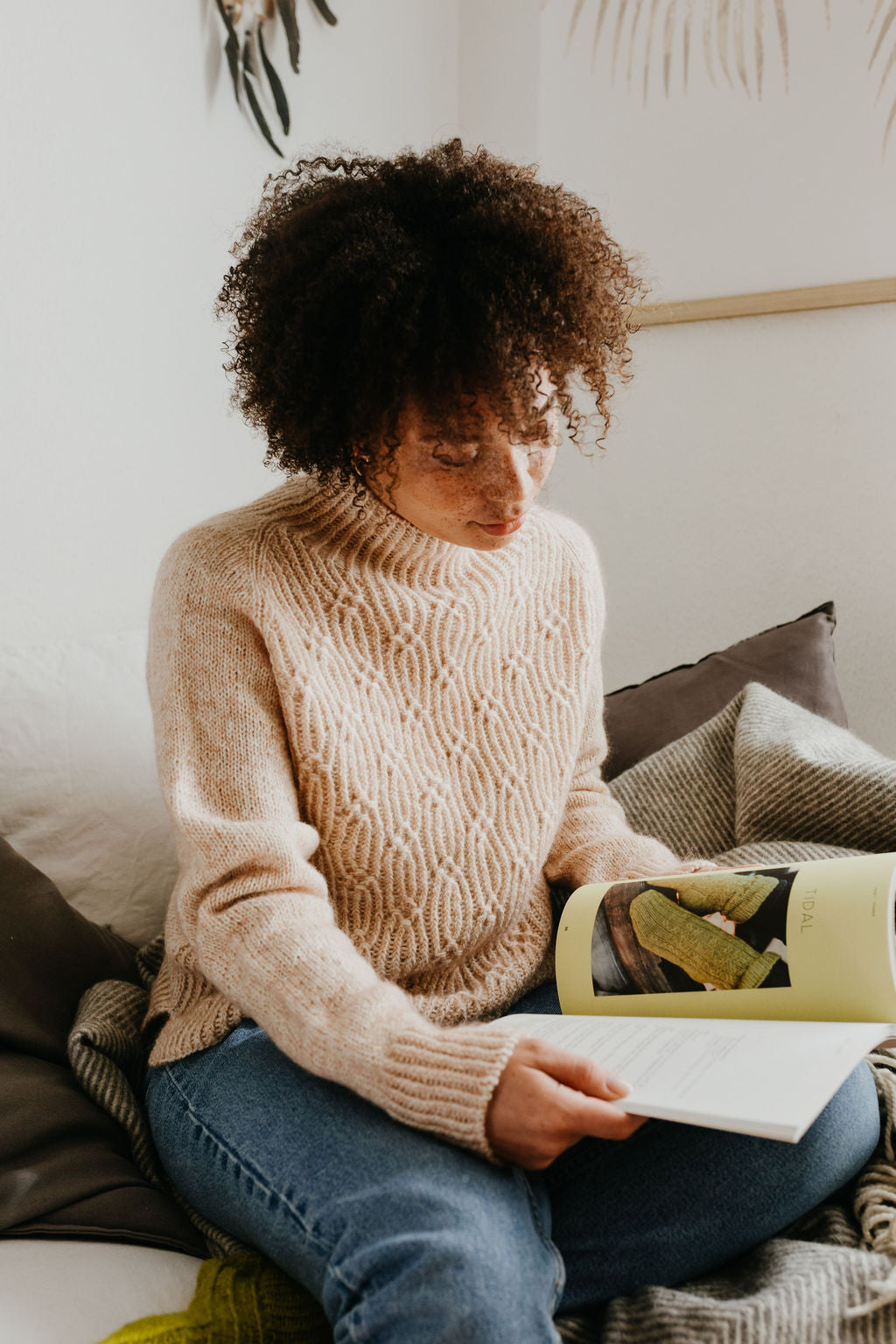As of April 1, Making Stories is closed. Thank you for your support all these years!
As of April 1, Making Stories is closed. Thank you for your support all these years!
Spinning Fiber
Notions & Gifts
Books, Magazines & Patterns
About Us
We're here to help you stitch sustainability into every aspect of your making.
With our carefully curated selection of non-superwash, plastic-free yarns and notions, we have everything you need to get started on your next project - and the one after that.
Here's to a wardrobe of knits we love and want to wear for years to come!
We're here to help you stitch sustainability into every aspect of your making.
With our carefully curated selection of non-superwash, plastic-free yarns and notions, we have everything you need to get started on your next project - and the one after that.
Here's to a wardrobe of knits we love and want to wear for years to come!

Our Sustainability Pledge

Our Blog
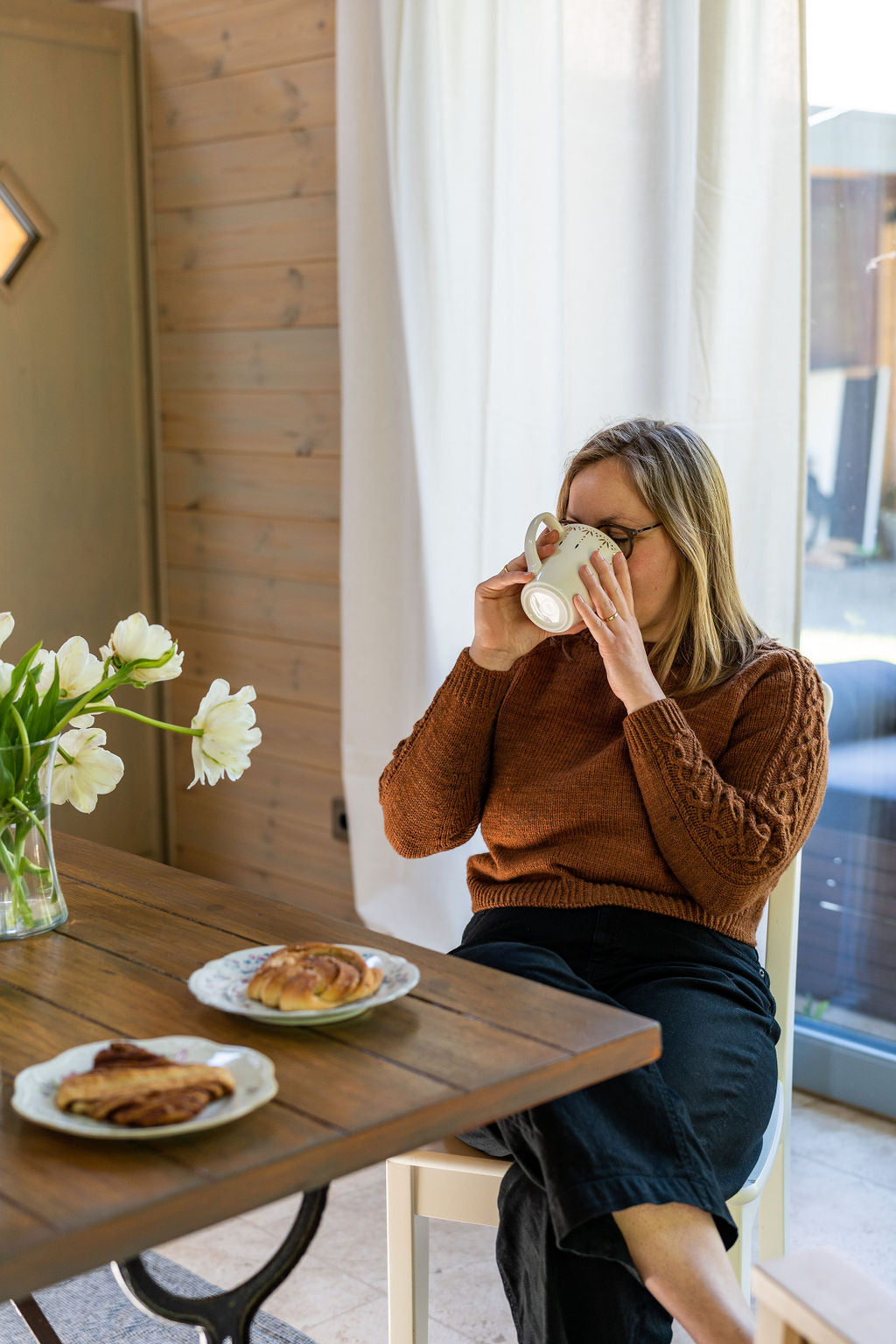
Our Podcast

The Making Stories Collective
How to get started with spinning
May 16, 2024 5 min read
Spinning yarn can seem a daunting craft, requiring arcane tools and techniques, but the fundamentals are simple. It is about adding twist to fibre, which gives it the strength to not pull apart. Most preparations of fibre will require drafting – that is, continuously pulling the fibre so fewer strands (or staples) are twisted together to make a thinner yarn. Drafting and adding twist are all that are needed to make yarn.
You might hear about woollen and worsted spinning, and the long- and short-draw methods associated with them. While interesting, and good to understand when improving your skills, the beginner spinner doesn’t need to worry overmuch about these terms.
We’re going to look at the tools and fibre you’ll need before you start spinning yarn.
What tools do I need to spin yarn?
I used to say that I’d never get into spinning because I didn’t have the money and space for a spinning wheel. I hadn’t realised that drop spindles existed, can cost as little as a good knitting pattern, and some can fit in a pencil case.
So I generally recommend starting with a drop spindle. It’s not an enormous investment, so comes with less of a feeling of obligation to be immediately competent. It also keeps the process simple, allowing you to work on the basics before you decide if you want to progress to a spinning wheel or continue with spindles.

Types of drop spindle
Round-whorl spindles are the most common type, with the whorl (the part that adds weight for a good spin) either at the top or bottom. I started with a top whorl spindle, and it was fine.
As the yarn is spun, it is wound round the shaft to form a ‘cop’ of singles (unplied yarn). In order to ply the yarn, this either needs to be reeled off into a little ball, or more spindles are needed to spin another cop.
If you can, get a Turkish spindle. As far as I know they have nothing to do with Turkey, but have a cross-shaped whorl that is removable. This removes one of the key frustrations of the above method. If the cop is wound properly the arms of the cross can slide out, leaving a centre-pull ball. Each end of this ball can then be plied together for a two-ply, or a chain ply can be worked from one end resulting in a three-ply yarn. The ability to spin yarn on one spindle without constantly re-winding singles makes the process all a little smoother and more enjoyable.
Spinning wheels

Spinning on a spinning wheel is faster and easier on the body than using a drop spindle – all that arm raising can take its toll on the shoulders. But wheels come at a higher cost (in some cases eye-wateringly so), take up space, and require more co-ordination to spin on, as you need to use your hands and feet at the same time.
There’s a vast range of spinning wheels around, from beautiful antique flax wheels, through modern plywood contraptions that can collapse into a backpack, to tiny motorised e-spinners. Choosing one is a case where your circumstances and preferences are the most important thing – and this is why I feel it’s best to already know how to spin, at least a little, before buying a wheel for yourself.
There are a couple of approaches you can take to getting a wheel. The first is to read up well and decide what features you might like in a wheel and what sort of yarn you’re most likely to spin. Ideally you’ll be able to visit either a shop or spinners’ guild that has a range of wheels that you can try out. And, armed with research, you can confidently pick the wheel that’s perfect for you.
On the other end of the scale, you might be constrained by budget and local availability. Then it might be a case of looking out for a second-hand wheel that you can afford and either have delivered or collect, and working with what you have. Just make sure it’s a functioning wheel – not a spinning wheel shaped object (also called SWSO) – and preferably that you’ll be able to obtain any necessary spare parts for it like additional bobbins etc.
Accessories
A niddy noddy, swift and ball winder aren’t essential, but are much more efficient if you start spinning lots of yarn.

A niddy noddy (my favourite of many ridiculous terms in fibre crafts) is used for neatly winding hanks of yarn of a specific diameter, which can be used to calculate how much yarn you’ve spun. Swifts hold open hanks under slight tension and rotate so they can be wound into balls without getting tangled – you can use the backs of two chairs instead, but it’s rather more faff. And a ball winder, hopefully self-evidently, quickly and beautifully winds your yarn into a neat ball or cake.
If you’re using a spinning wheel and want to ply from multiple bobbins, some sort of lazy kate is essential to keep your bobbins in place and unwinding nicely. Some wheels will have this built in.
What fibre should I learn to spin with?
I’ve previously written about different fibre preparations and what kind of spinning they’re good for. But for just starting out, go for wool top. It is easy to get hold of and very forgiving of a variety of spinning styles. If possible, try to get a variety box that has a small amount of lots of different sheep breeds that you can experiment with. Merino is one of the most common breeds on the market, and I know I’m not alone in finding it rather unpleasant to spin. Early on, I found Bluefaced Leicester and Shetland encouragingly amenable.
Approach and attitude
To start with, it’s likely you won’t be very good at spinning. That’s fine. My very first attempt was a disturbing-looking clotted mess. It will be tempting to try and isolate what you’re doing wrong so you can fix it.
However, there’s a good chance you simply haven’t practised enough yet. Good spinning is primarily about muscle memory, and once it comes it’ll be difficult to override. If you’re spinning thick-and-thin, chunky yarn, revel in it. There’s a good chance that, if you stick with it, the day will come that your hands know how to spin smooth, fine yarn, and will do so whether you want them to or not.
Marina is an enthusiast of slow textile crafts, as well as a yarn dyer and knitwear designer.
Using local fibres wherever possible, she’s been spinning yarn by hand for almost a decade and believes in learning by experimenting.
She works from her home in a small rural village in the South-West of England. Find her yarn and patterns at www.marinaskua.com, and follow her projects on Instagram and podcast on YouTube.
Leave a comment
Comments will be approved before showing up.
Also in Blog

Issue 13 – Confetti & Rainbows | Official Pattern Preview
February 12, 2025 13 min read
Hi lovelies! The sun is out here in Berlin, and what better day to talk about one of the most joyful issues we've ever done than a brilliant sunny winter day – meet Issue 13, Confetti & Rainbows!
In Issue 13 – our Spring 2025 Issue – we want to play! Confetti and rainbows, unusually and unconventionally interpreted in 12 new knitwear designs – a journey through color, shapes, texture and materials.
Confetti made out of dried flowers, collected over months from bouquets and the road side. Sparkly rainbows, light reflecting. Gentle textures and shapes, echoing the different forms confetti can take. An unexpected rainbow around the corner, on a brick wall, painted in broad strokes.
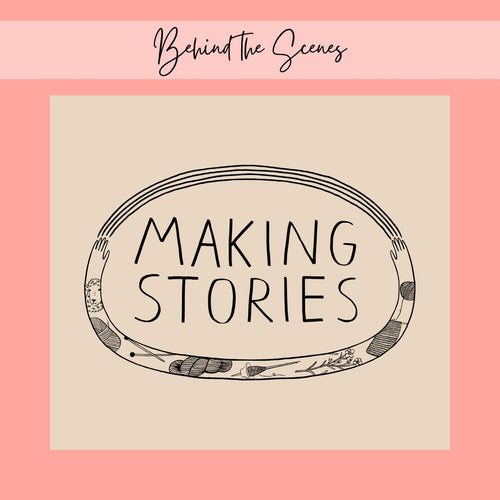
New Look, Same Heart: The Story Behind Our Delightful Rebrand
January 16, 2025 4 min read 1 Comment
Hi lovelies! I am back today with a wonderful behind-the-scenes interview with Caroline Frett, a super talented illustrator from Berlin, who is the heart and and hands behind the new look we've been sporting for a little while.
Caro also has a shop for her delightfully cheeky and (sometimes brutally) honest T-Shirts, postcards, and mugs. (I am particularly fond of this T-Shirt and this postcard!)
I am so excited Caro agreed to an interview to share her thoughts and work process, and what she especially loves about our rebrand!
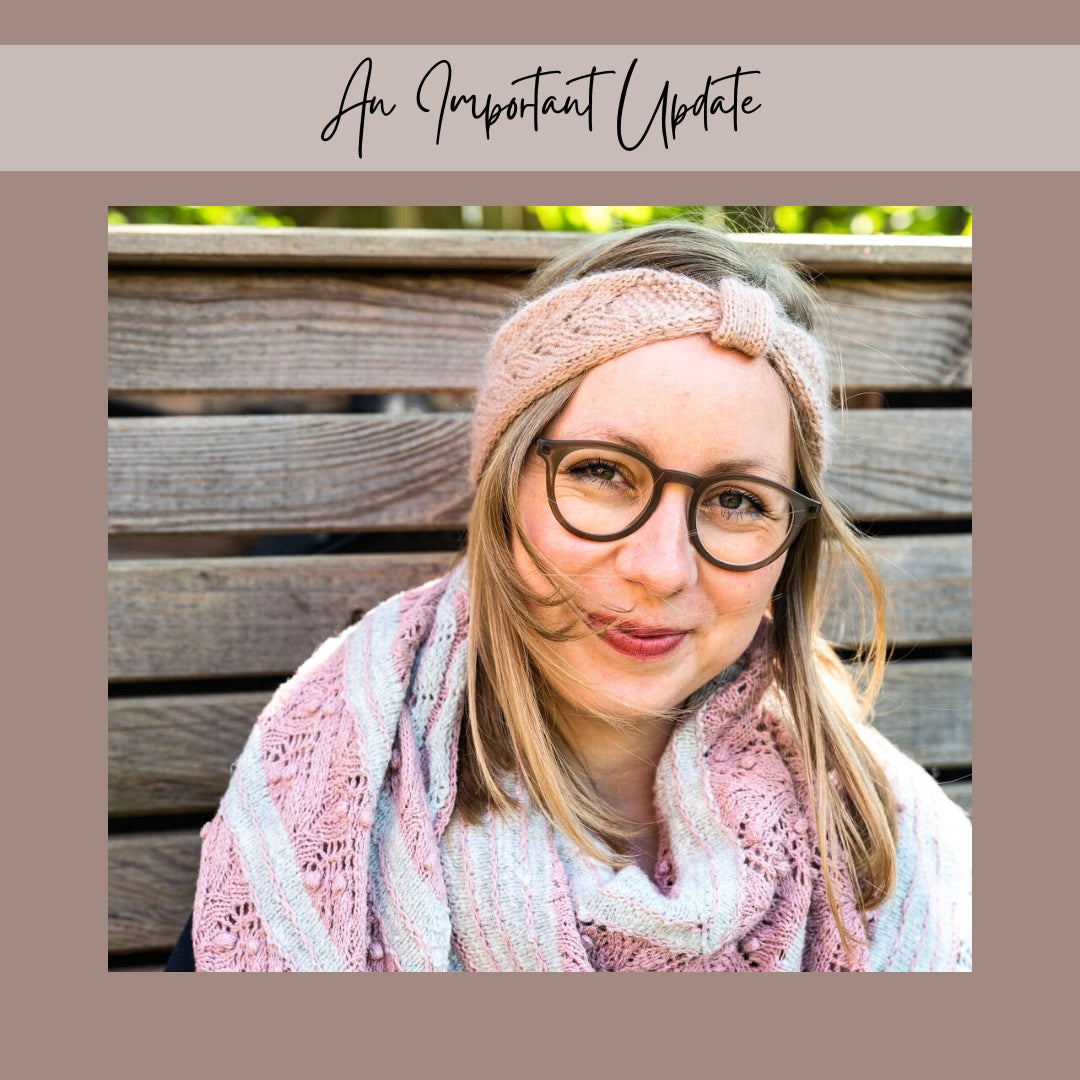
Thoughts on closing down a knitting magazine
November 19, 2024 12 min read 1 Comment
Who Is Making Stories?
We're a delightfully tiny team dedicated to all things sustainability in knitting. With our online shop filled with responsibly produced yarns, notions and patterns we're here to help you create a wardrobe filled with knits you'll love and wear for years to come.
Are you part of the flock yet?
Sign up to our weekly newsletter to get the latest yarn news and pattern inspiration!


